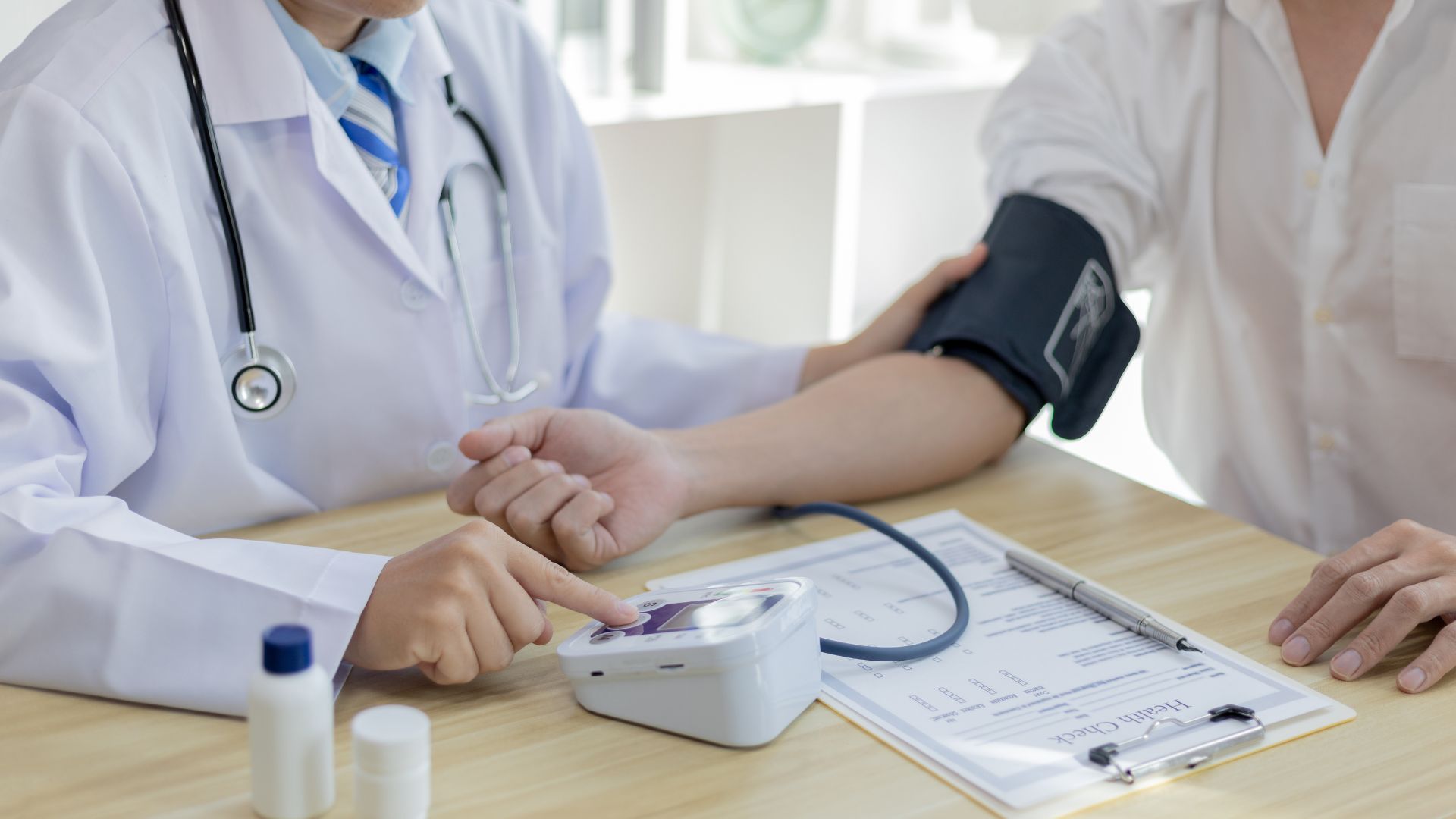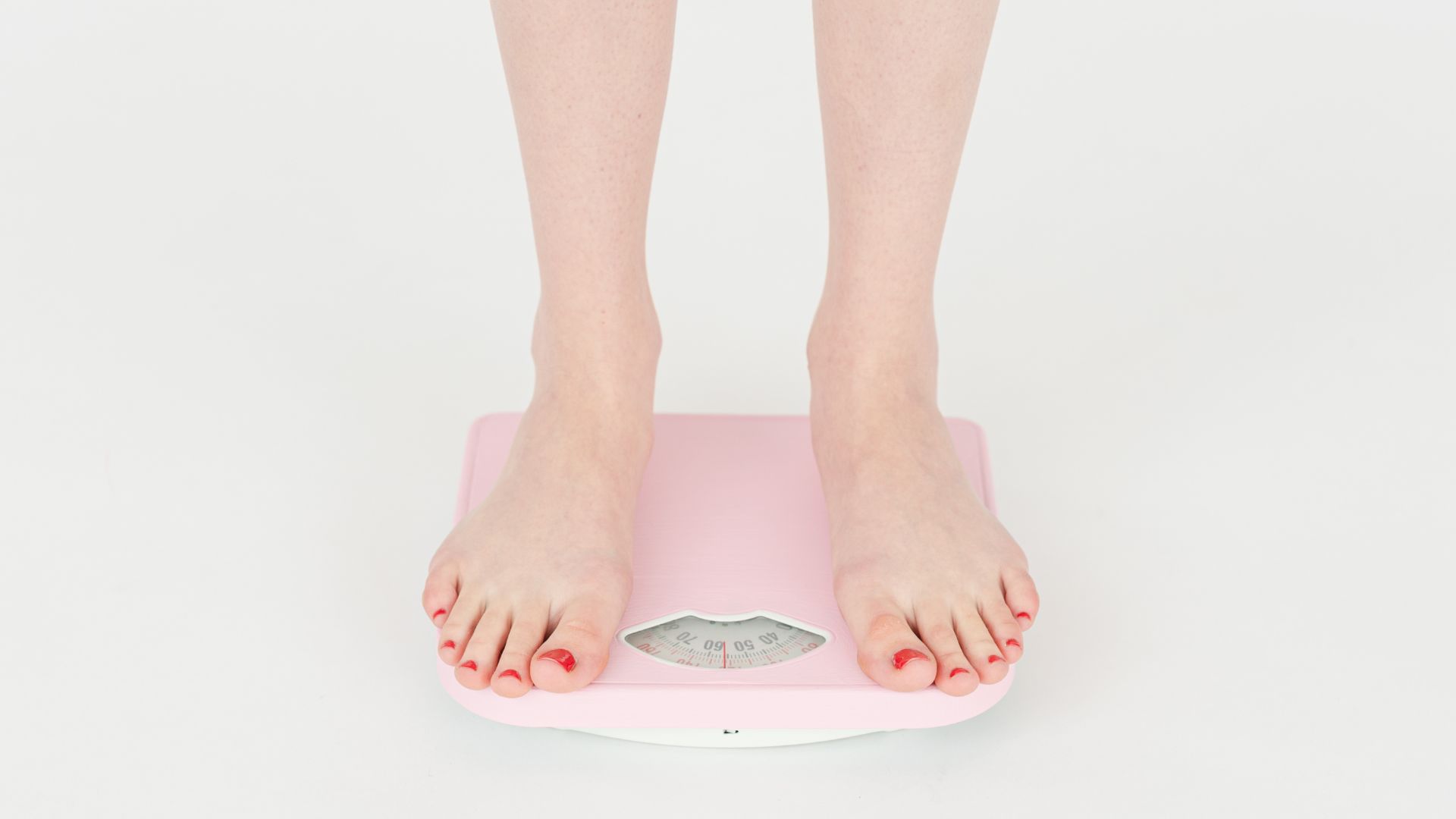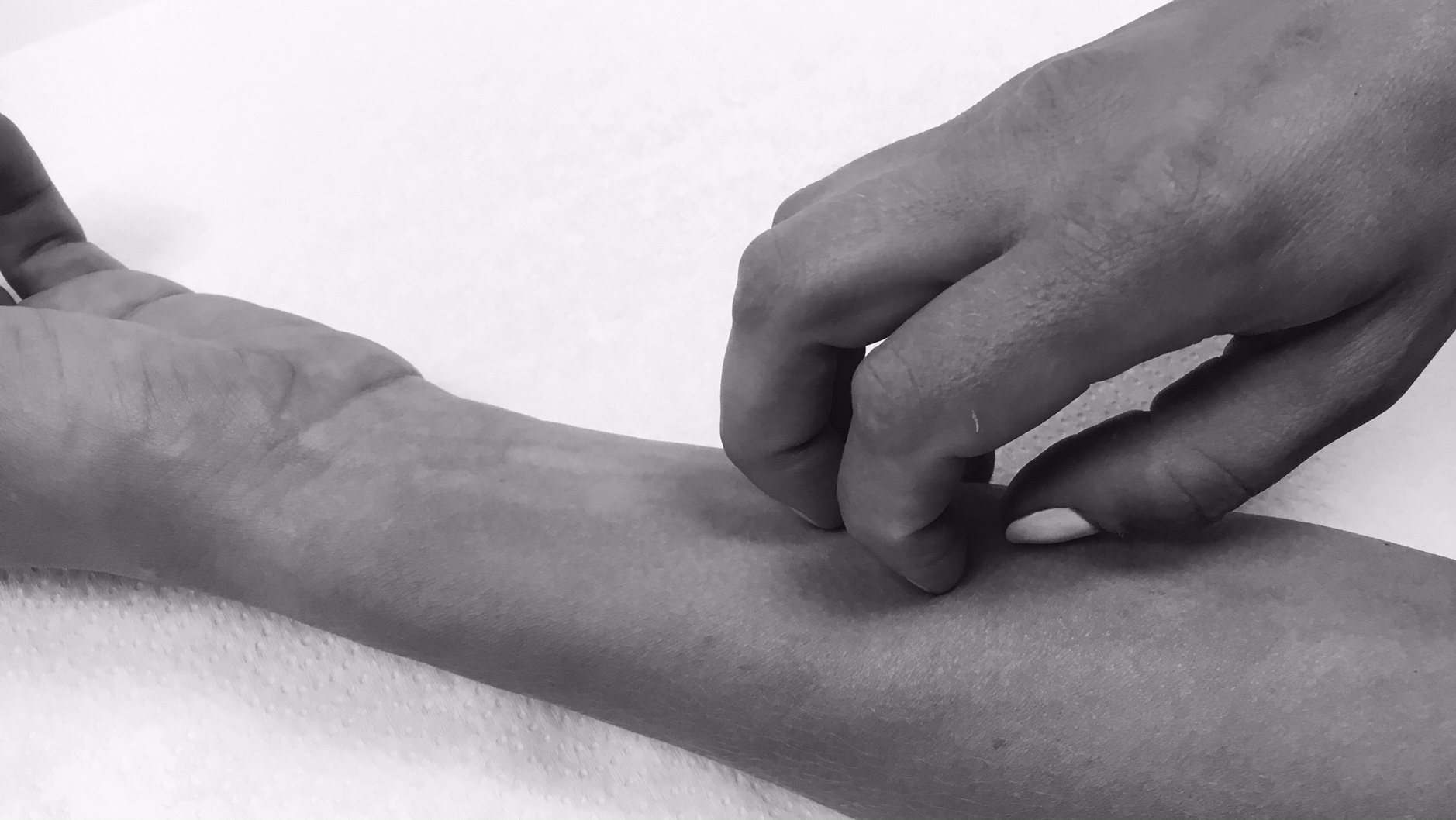Lack of physical activity is now recognized as an important risk factor for cardiovascular disease, independent of “classic” risk factors such as smoking or elevated cholesterol. Physical activity does not have to be high-intensity to prevent cardiovascular disease. If you walk outside for at least 30 minutes at a brisk pace every day, you are already doing a great deal for your health.
In a Franco-Irish study on 9,758 men aged 50-59 who were followed for five years, increasing daily physical activity to 30 minutes showed an 11% reduction in the relative risk of coronary disease compared to individuals whose lives were spent without physical activity.
Mechanisms explaining the beneficial effects of physical activity on the cardiovascular system include both direct effects on the cardiovascular system and indirect effects, mainly by reducing many risk factors. Exercise reduces the strain on the heart by reducing peripheral resistance, while increasing circulating blood volume.
Regular physical activity reduces blood pressure and the risk of hypertension, increases insulin sensitivity and reduces the risk of developing type 2 diabetes, increases high-density cholesterol (good cholesterol), reduces triglycerides and postprandial lipemia, reduces platelet aggregation and has antithrombogenic effects, reduces age-related weight gain and helps maintain body weight closer to normal. Some of these effects are very temporary, such as the effect on insulin sensitivity, which returns to baseline after only a few days of hypodynamia. Therefore, physical activity should be regular.
In many situations, hypodynamia is a risk factor for chronic disease in combination with unhealthy eating habits. In the U.S., a 2000 analysis of behavioral factors associated with mortality shows that the combination of unhealthy diet and lack of physical activity is responsible for 17% of deaths.
The healthiest sports for heart health:
– Swimming
This sport puts a thorough strain on the heart while avoiding joint injuries because there is no contact with the ground.
The horizontal position facilitates the return of blood to the heart. Water allows the body to cool naturally and prevents excessive sweating. This allows you to withstand higher exertion. All muscles develop harmoniously, and the water helps stretch tendons, ligaments, joints and muscles.
– Aqua-aerobics
As the name suggests, this type of aerobics is practiced in water. It is a full-fledged sport that works many muscles (abdominal muscles, buttocks, hips, arms), increases muscle tone and breathing, improves blood circulation and tones the cardiovascular system.
– Rowing
This is a great cardio workout. It is recommended for people who want to work on their cardiovascular system because it requires a lot of endurance. However, since it requires constant effort on the part of the heart for a long time, it is advisable to seek the advice of a doctor.
– Jogging
The most common endurance sport. It puts your heart under regular strain, trains your heart muscle, you learn to control your breathing. Moreover, if your pace is about 10 km/h, you lose 300 calories per hour. Running on treadmills in the gym is a very good alternative for those who do not want to run outside.
– Cycling
This endurance sport puts a lot of stress on the cardiovascular system and is used in cardiac rehabilitation. It is safe for people who are overweight or have weak joints.
– Nordic Walking
Nordic walking puts a thorough strain on the heart. With intensive practice, it is equivalent to moderate jogging, but it avoids musculoskeletal injuries. Exercise should be gradual in duration, difficulty of distance and intensity.
– Yoga
Yoga, while known as a gentle activity for the body, can improve heart function just as well as walking or jogging. It promotes proper breathing and strengthens all muscle groups, which helps reduce heart rate and blood pressure.
– Gymnastics
Gymnastics help maintain good cardiac tone. Fitness, dance or Pilates classes – you can choose the type of gymnastics that best suits your desires and your physical condition.
All programs of our medical center – Home.







